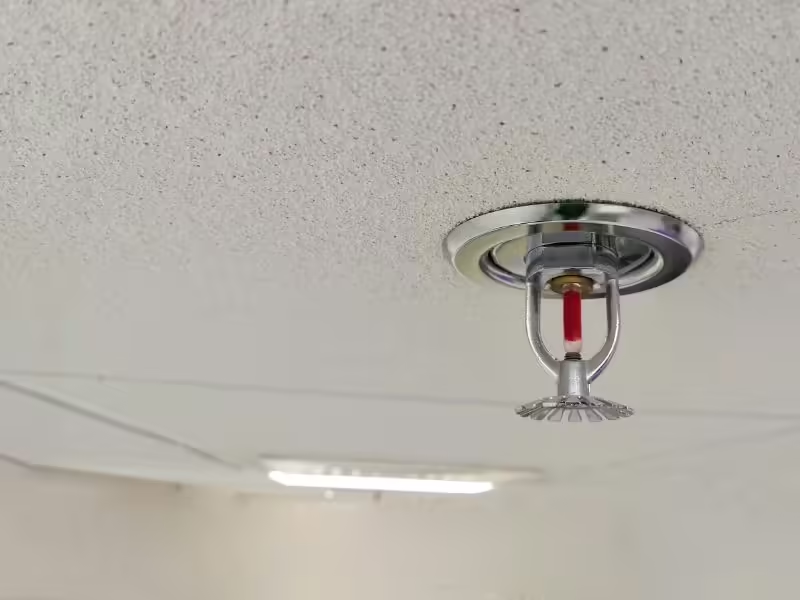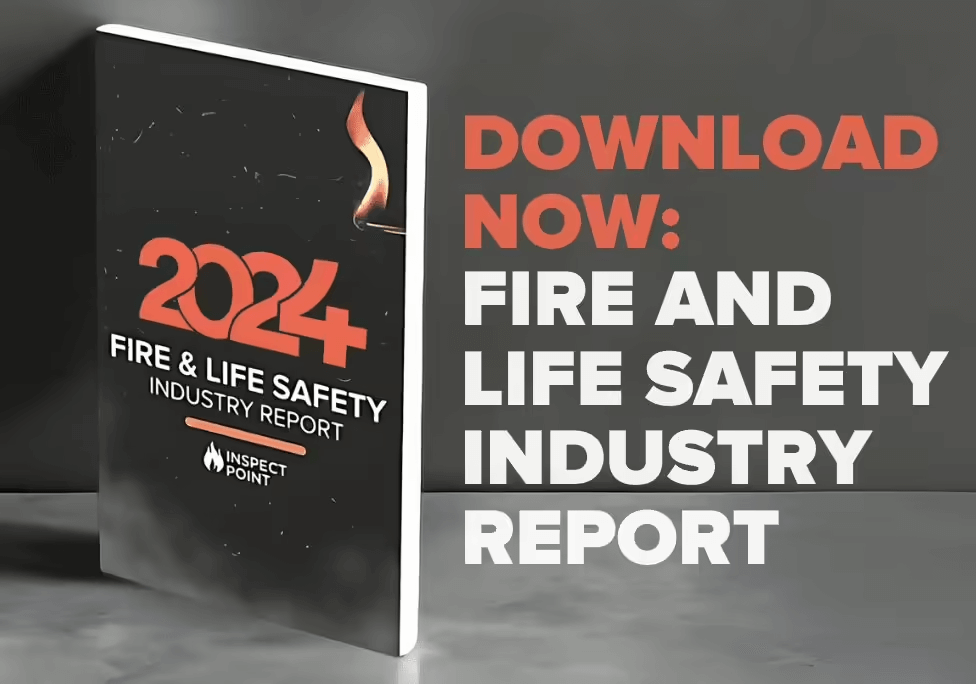
NFPA 25 sets the standard for inspection, testing, and maintenance of sprinkler systems. It’s an incredibly important yet often complex document. Every three years, the standard is updated–and sometimes, key changes can be difficult to identify.
Jurisdictions often take time to adopt the latesthttps://www.inspectpoint.com/trade-firesprinkler/ code year. Now that the 2023 edition of NFPA 25 has been out for almost two years, some jurisdictions are adopting the new standard. Fire protection professionals need to familiarize themselves with the key changes to NFPA 25 to adhere to best practices in the industry and prepare to keep their customers compliant when AHJs make the switch to the latest edition.
Inspection & Testing Requirements
Testing Frequencies
The first significant change is in inspection and testing requirements for different types of sprinkler systems. In previous editions, NFPA 25 required representative samples of dry sprinklers to be pulled down and tested every 15 years. In the 2023 edition, the frequency has increased to once every 20 years, with subsequent retests every 10 years after that. A few elements played a role in this change:
- With access to data over time for existing sprinkler systems and evidence of functionality later into the life of dry sprinkler systems, the committee determined a longer period of time following installation is appropriate before conducting an initial lab test.
- Manufacturing changes, including the move from a dynamic O-ring to more reliable parts, have allowed for an increase in the testing frequency.
Similarly, fast-response sprinkler systems have increased from 20 years to 25 years before an initial sample and lab test are required. (This excludes ESFR and CMSA sprinklers, which have remained at a 20-year testing frequency due to insufficient data on these newer systems.)
Water Flow Alarms: Self-Testing
New technology brings the need for new standards. And a big part of technological advancements in fire protection has been the advent of self-testing. Chapter 13 of the 2023 edition of NFPA 25 includes a provision for the self-testing of water flow alarm systems. While self-tests cover an annual testing requirement, every three years the standard also requires that you flow water through the system. This ensures the facility is not relying solely on self-testing to ensure proper functionality.
Automatic Air Vents: Additional Requirements
We can’t talk about NFPA 25 without mentioning NFPA 13, which provides standards for the design and installation of sprinkler systems. The 2019 edition of NFPA 13 introduced a requirement for automatic air vents–or an alternative method–to remove the air from the piping network in an effort to prevent corrosion. Now, NFPA 25 has introduced a corresponding standard for the inspection and maintenance of these automatic air vents.
NFPA 25 requires an annual visual inspection of these vents. Every five years, an inspector is required to access the vent, pull any strainers or filters out, and flush it. This can be a challenge because vents like these are placed at the high point of the system, often making them difficult to access. Because these are relatively new systems, we can expect further changes down the line as designers and technicians continue working with them.
Antifreeze
NFPA 25 included a sunset period for the use of unlisted antifreeze solutions. That sunset period has ended, meaning facilities are now required to use a UL-listed antifreeze. Facilities must first identify what type of antifreeze is currently in their system. If it is not acceptable, they have to drain the system and refill it with a listed antifreeze.
NFPA 25 also requires an annual test of the antifreeze, covering toxicity, corrosion, combustibility, electrical conductivity, and more. Depending on which listed antifreeze a facility uses within its sprinkler system, the testing may look different. NFPA 25 no longer lists testing requirements but directs technicians to the manufacturer’s testing instructions–it’s all based on the specific product.
Check out NFPA’s Antifreeze Fact Sheet for more details.
Nitrogen Systems
NFPA 13 allows sprinkler designers to increase the C-value in their hydraulic calculations when they incorporate a nitrogen system. Nitrogen reduces friction in the pipe–thus reducing corrosion–allowing you to use a higher C-value. As a result, designers can use smaller piping in the system. Chapter 4 of NFPA 25 requires owners to maintain the nitrogen supply.
Fire protection professionals need to familiarize themselves with the key changes to NFPA 25 to adhere to best practices in the industry and prepare to keep their customers compliant when AHJs make the switch to the latest edition.
Testing frequencies are determined by whether the system is monitored at a “constantly attended location.” For pre-action and dry systems without monitoring, Chapter 13 of NFPA 25 requires semi-annual testing; systems with monitoring require testing on an annual basis. Either way, the system must maintain 98% nitrogen to pass, which can be difficult to achieve, even at installation and with low moisture levels. It’s likely we’ll see more updates to the inspection and testing of nitrogen systems in the next edition of NFPA 25.
Small Changes, Big Impact
Additionally, there are a few changes that appear small on the surface but could have a big impact on owners and inspectors.
Paint loading
Chapter 5 of NFPA 25 states you have to replace a sprinkler if there are signs of leaking, corrosion, physical damage, loss of fluids, or a sign of paint. The question is: How much paint is too much? Paint other than that of the manufacturer is considered detrimental to sprinkler performance. The new edition of NFPA 25 allows the inspector to make the call–if multiple sprinklers have spots of paint, you can send out a representative sample to have the sprinklers tested and determine if the paint is really detrimental to their performance. Often, the impact of the paint depends on where it is on the sprinkler. While the standard is still vague, there is more clarity and flexibility for the technician on-site, allowing them to drive the process and prioritize safety.
Sprinkler guards
The 2023 edition of NFPA 25 introduced a new section covering sprinkler guards: Sprinkler guards must be listed for the specific sprinkler being used. The reason? Sprinkler guards that don’t fit properly can disrupt a sprinkler’s response time and spray pattern. The standard also states that any damaged guard must be replaced with one listed for the sprinkler.
Keeping Up with the Changes to NFPA 25
With new editions of NFPA standards every three years, it can be tough to keep up. Because jurisdictions don’t immediately adopt the latest code year, you have time to familiarize yourself with the most significant changes that will impact your day-to-day work. As AHJs begin to adopt the 2023 edition of NFPA 25, knowing what’s new and how it will change the way you inspect your customers’ buildings is essential.
Want more about the changes to NFPA 25 in the 2023 edition? Watch or listen to episode 63 of The Fire Protection Podcast for the inside scoop from NFPA’s Shawn Mahoney.

